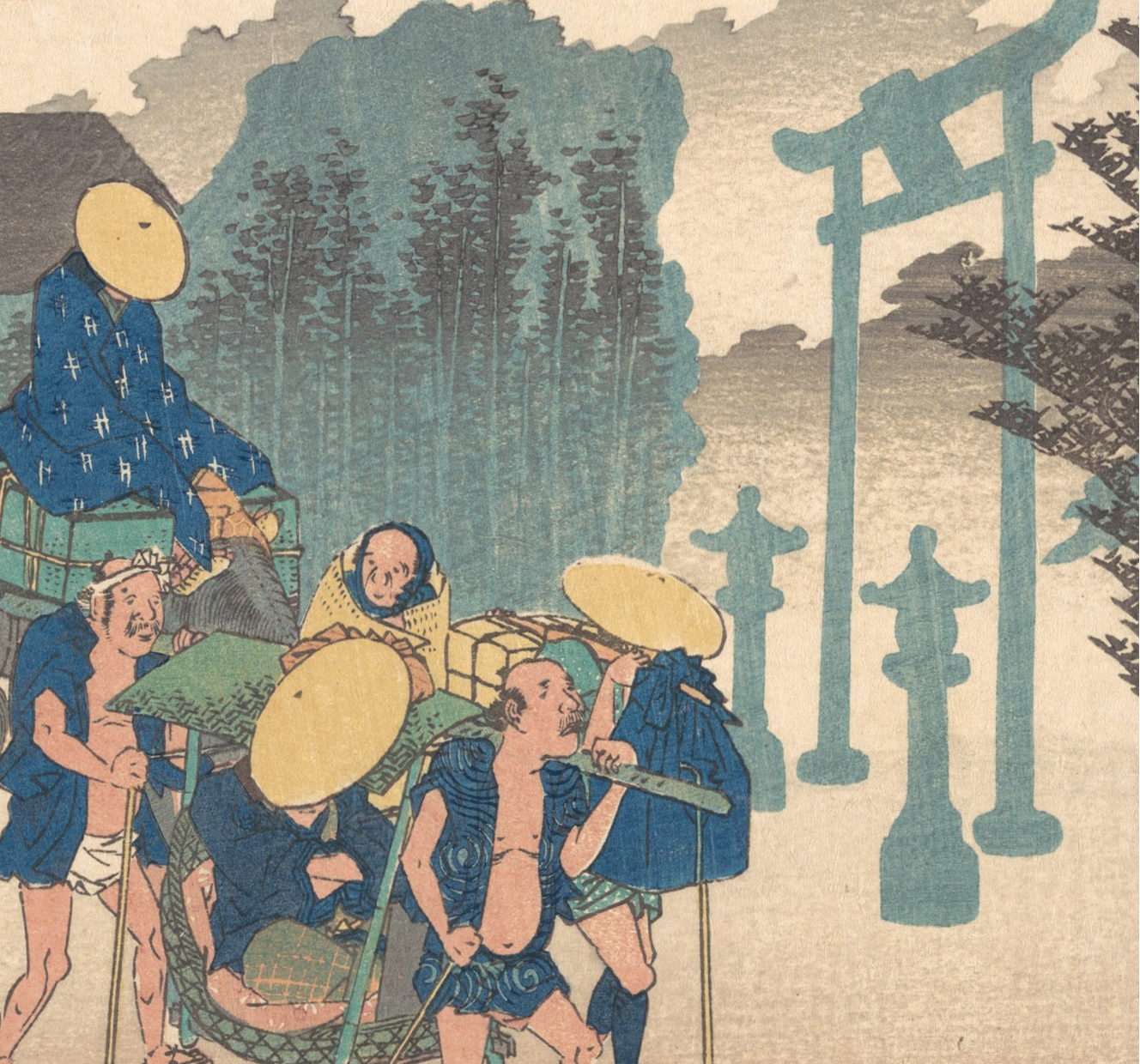The Blue Colour in the Floating World of Edo
DOI:
https://doi.org/10.69598/sbjfa254492Keywords:
Blue, The Floting World, Prints, Ukiyo-e, EdoAbstract
The Edo period (1603 – 1868 A.D.) is regarded as the junction between Mediaeval and Modern Japan. The country in the post-war state led to an establishment of the organising policy along with the development of the country in various fields, both in terms of governance, economy, as well as arts and culture. The advancement of this new capital gradually shaped people's way of life in unprecedented ways. Until there is a term to call such movement that appeared through paintings and prints, "Ukiyo" which means the floating world. This article aims to study the popularity of blue colour in the Edo period through ukiyo-e prints which are the important pieces of evidence that captured the overview of the period. With the assumption that The outstanding role of the blue colour was the result of social conditions of social class, values and consumption culture by using the method of studying and analysing the history of Japanese prints, cultural society information and the visual arts characteristics of the 15 pieces of ukiyo-e prints. The results of the study found that the blue colour has long been associated with Japanese culture and Japanese people’s way of life. Until it became an important factor in the creation of the Ukiyo-e prints which is like a representation of the floating world, the world of pleasure, the world that is filled with an atmosphere of temporary happiness and glamour. This is attributed to three factors: 1. Japanese people’s perceptions of blue are contradictory to religion or sanctity; 2. The blue colour used to be one of the forbidden colours for common people in ancient times; and 3. The correlation between the popularity of blue colour both from creative artists and market demands.
Downloads

Downloads
Published
How to Cite
Issue
Section
License
The journal's editorial team does not have to agree with the views and comments in the author's article, nor are they responsible for the comments.











